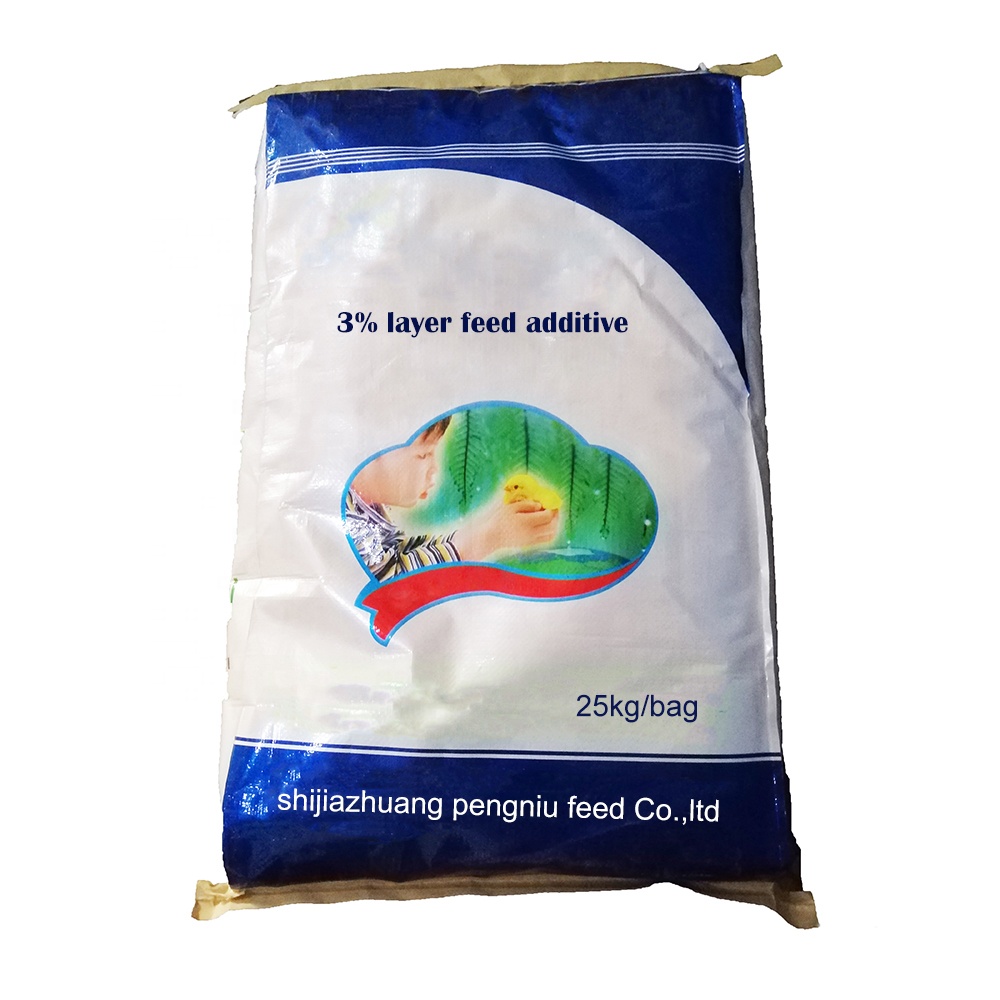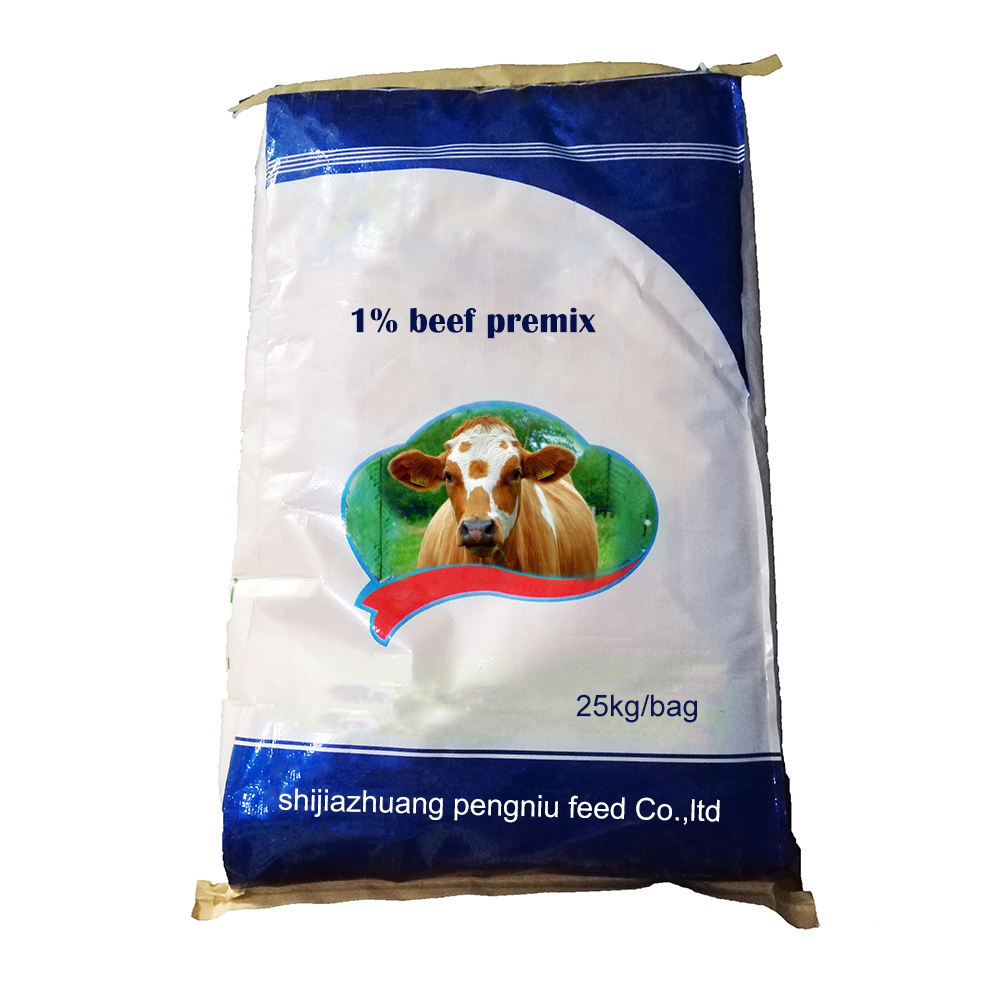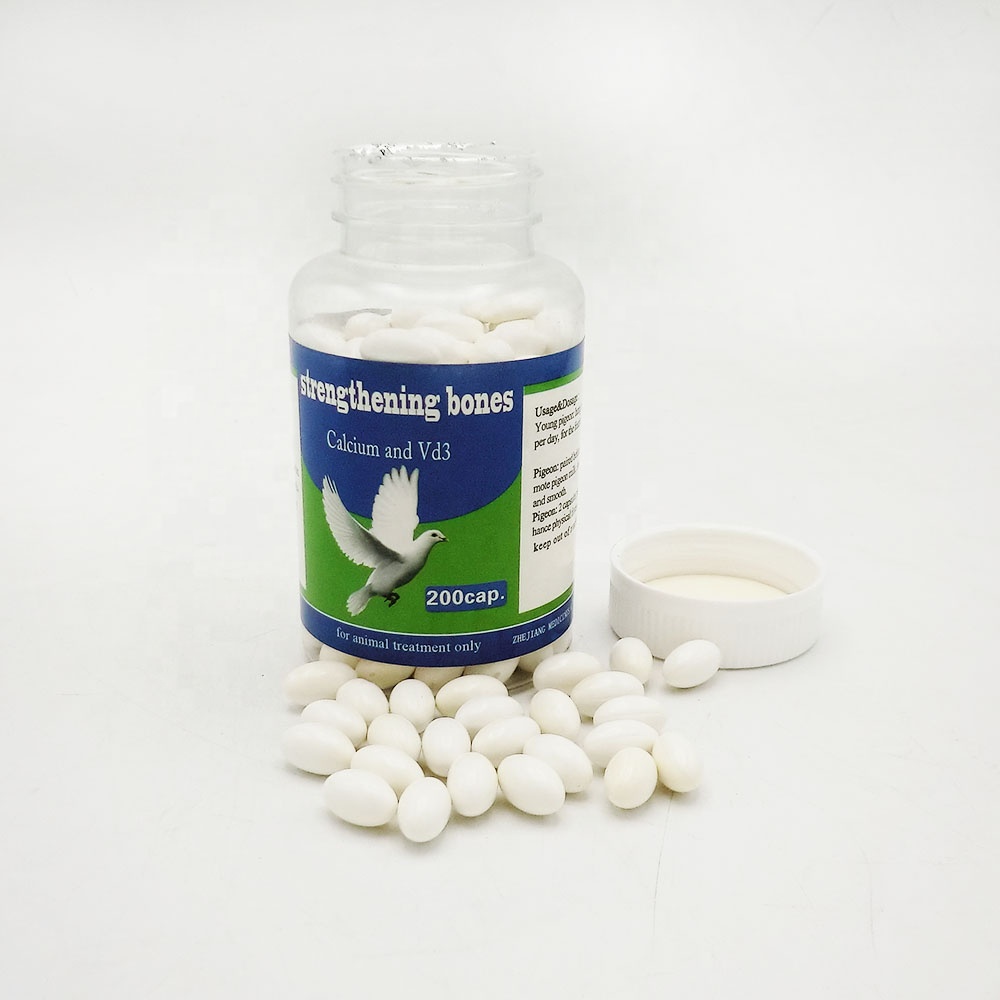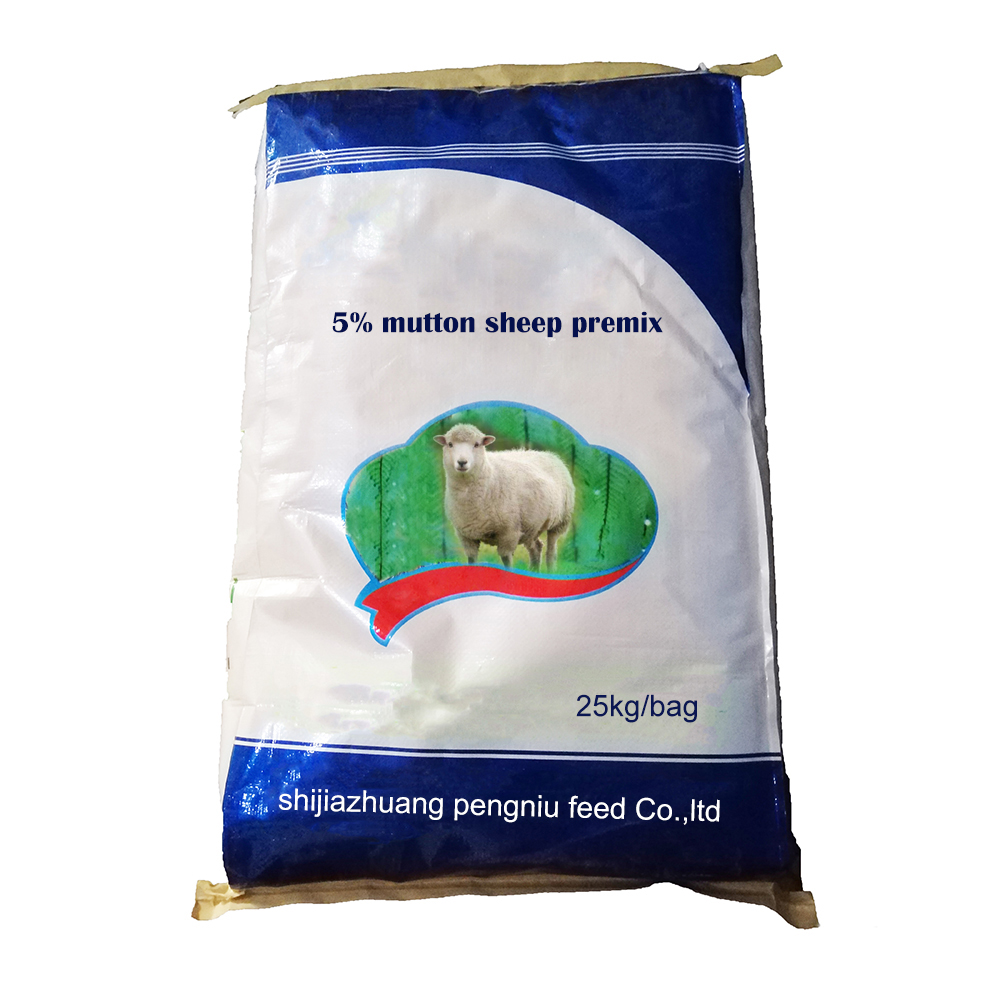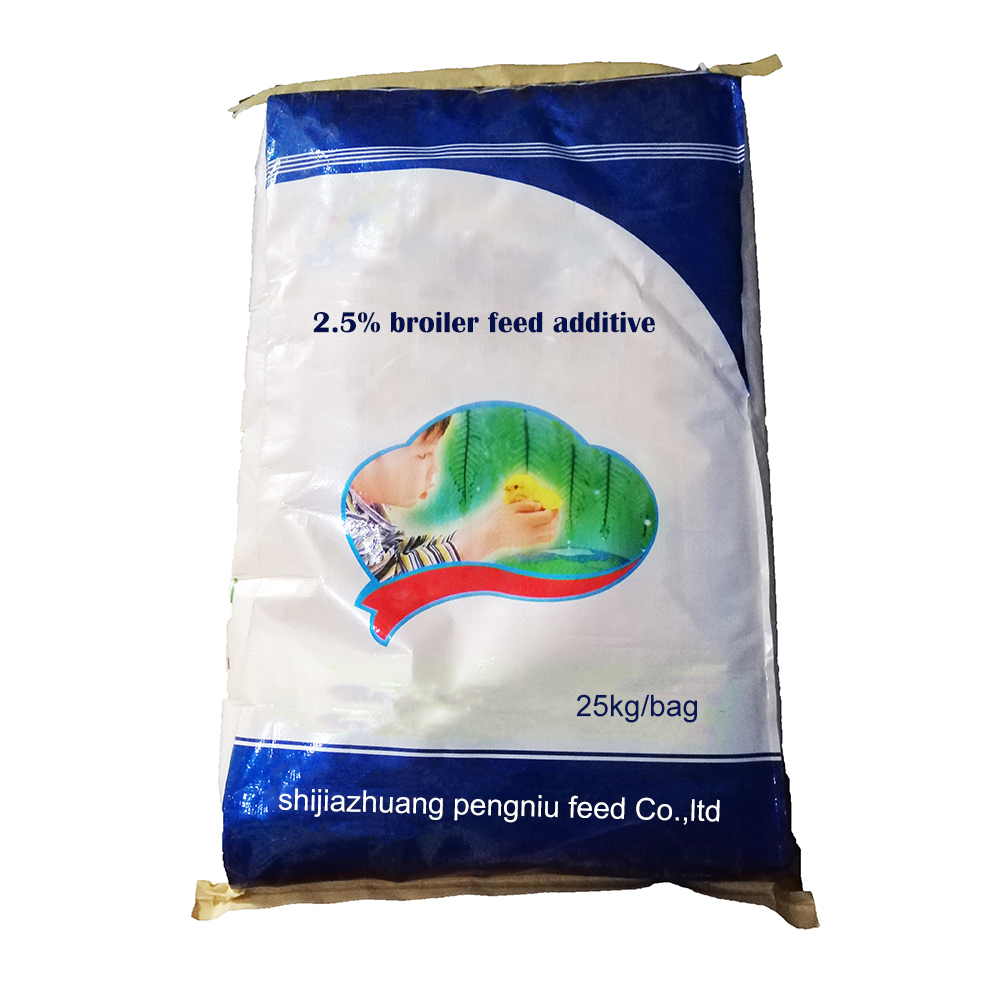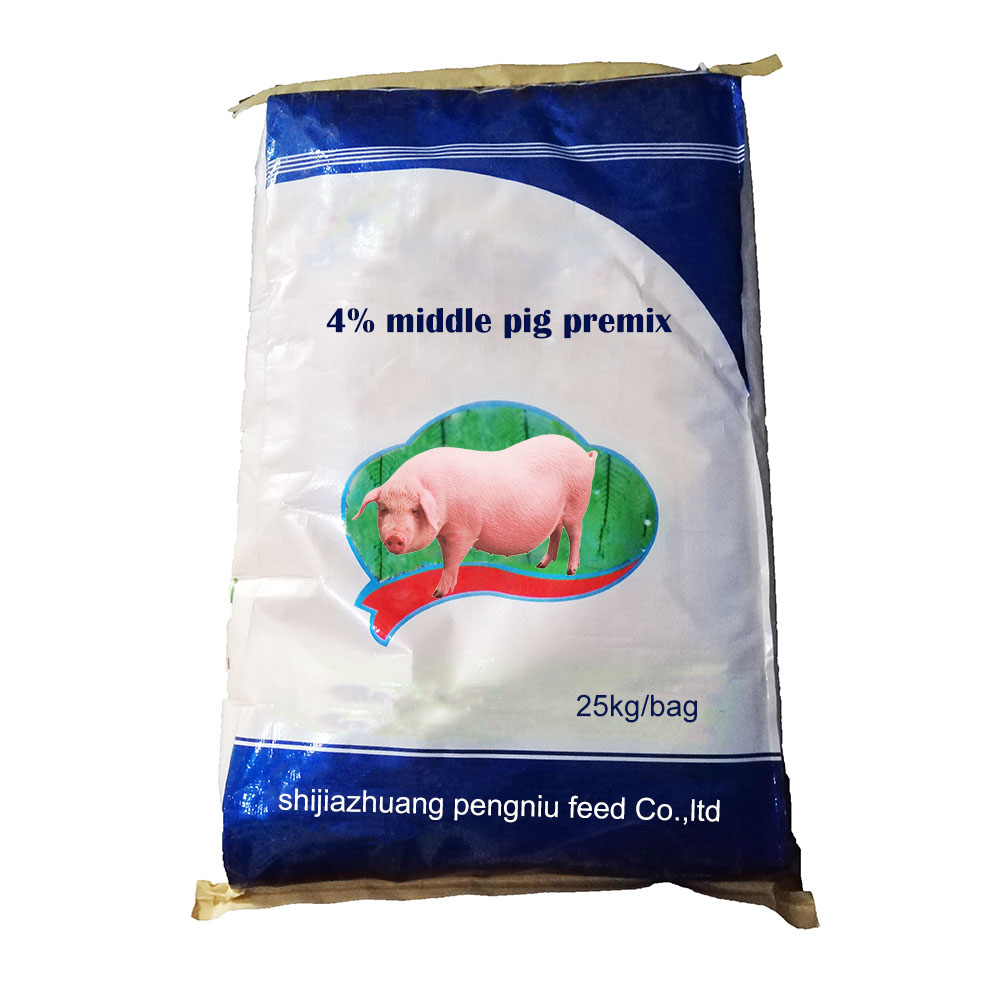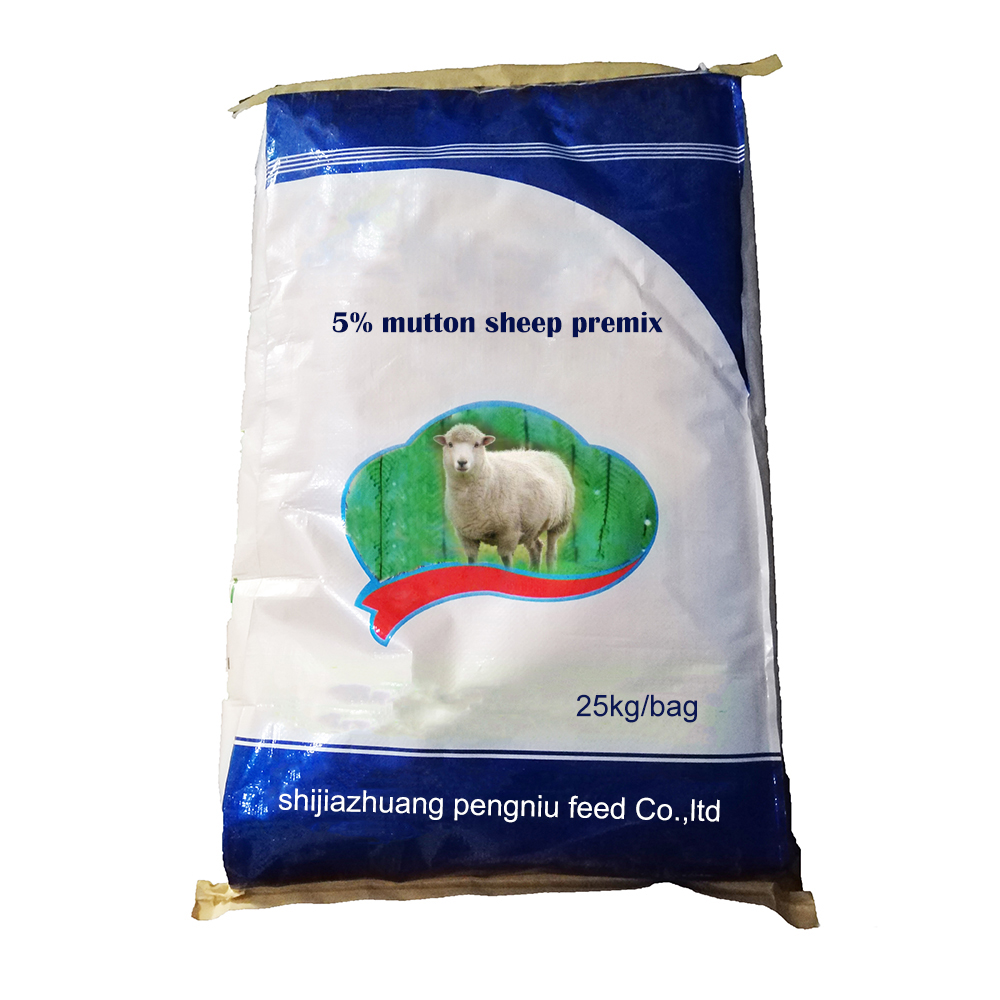- Understanding the Role of Pyrantel Paste Horse Wormer in Equine Health
- Comprehensive Overview: Technical Advantages of Pyrantel-Based Wormers
- Comparative Analysis: Leading Pyrantel Paste Horse Wormer Brands
- Custom Deworming Strategies for Diverse Equine Needs
- Real-world Application: Case Studies Demonstrating Efficacy
- Addressing Common Questions and Concerns
- Conclusion: Maximizing Horse Wellness with Pyrantel Paste Horse Wormer Solutions
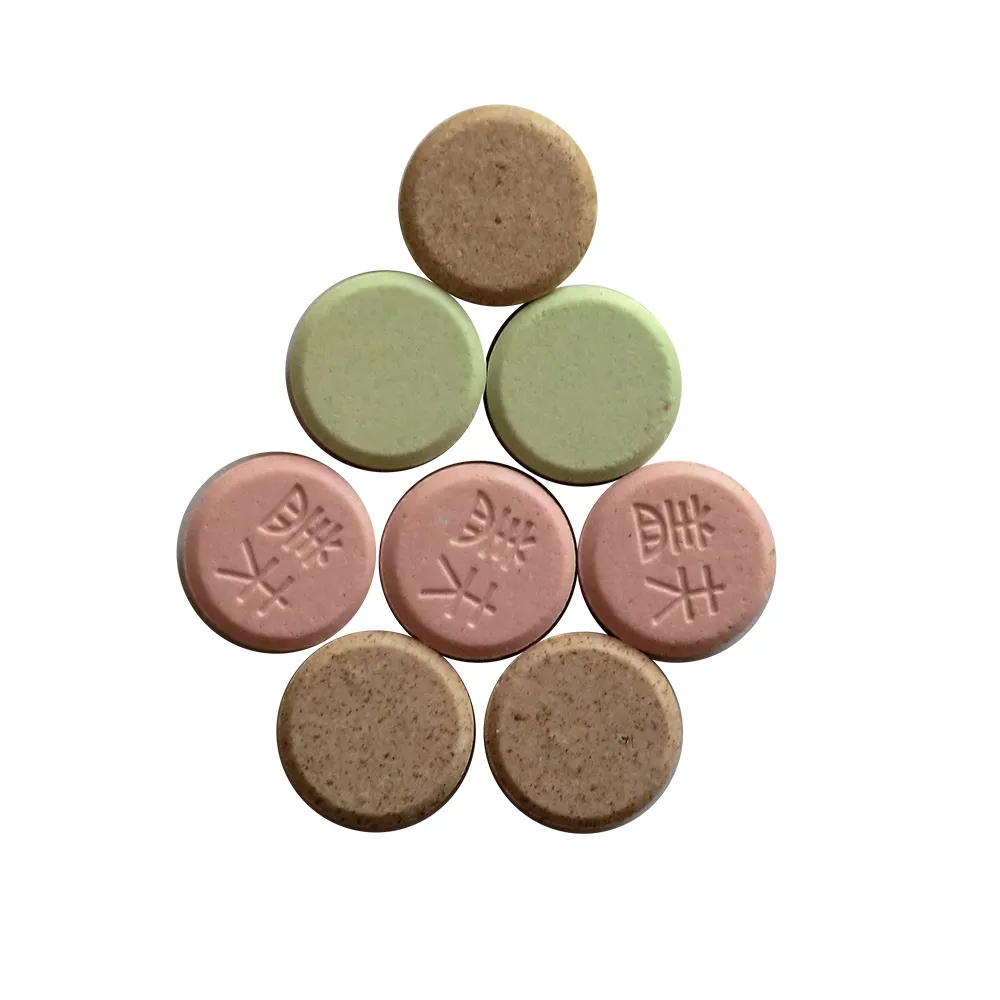
(pyrantel paste horse wormer)
Understanding the Role of Pyrantel Paste Horse Wormer in Equine Health
Maintaining optimal health for horses requires robust parasite control as a cornerstone of preventive care. Intestinal parasites, including strongyles and roundworms, can significantly undermine equine well-being by reducing nutrient absorption, impairing growth, and increasing vulnerability to secondary infections. Effective parasite management is not merely a matter of routine; research indicates that in regions with high worm prevalence, up to 90% of colic cases show correlation with parasite infestation (Equine Veterinary Journal, 2022). Pyrantel paste horse wormer has emerged as a primary defense against these threats, offering targeted action against major parasitic species with minimal adverse effects. This product's specific chemistry—based on pyrantel pamoate—interrupts the neuromuscular activity of worms, facilitating expulsion without harming the host. Understanding the science, efficacy, and responsible application of pyrantel-based wormers is fundamental for every conscientious horse owner and equine manager.
Technical Advantages of Pyrantel-Based Wormers
Pyrantel horse wormer products provide a number of critical technical advantages over alternative deworming agents. First, pyrantel's mechanism is highly selective for nematode parasites, reducing collateral impact on the horse's microbiome. Pharmacological studies demonstrate that pyrantel paste horse wormer
s maintain a therapeutic margin of safety up to 20 times the recommended dose in controlled environments. Compared to agents such as benzimidazoles or macrocyclic lactones, pyrantel pamoate is rapidly metabolized, leading to reduced drug residues in feces (Environmental Safety Report, 2021). This mitigates environmental resistance development and lessens the ecological footprint of deworming protocols. Laboratory efficacy trials indicate over 95% effectiveness against Parascaris equorum in foals and >90% efficacy against large strongyles in adults, with resistance rates much lower (<8%) than macrocyclic lactones, currently facing resistance in approximately 27% of monitored stables (National Equine Parasite Survey, 2023).
Comparative Analysis: Leading Pyrantel Paste Horse Wormer Brands
The market for pyrantel pamoate horse wormer is led by several well-established brands, each offering unique features in formulation, dosage, and spectrum of activity. Evaluating these products side-by-side aids in making an informed selection. Below, a data-driven table presents a comparative analysis of key industry leaders based on active ingredient concentration, palatability, additional spectrum, residue period, and average price per dose (data sourced from Equine Pharmacology Review, 2023).
| Brand Name | Pyrantel Pamoate (%) | Palatability | Spectrum of Activity | Residue Period (days) | Avg. Price per Dose (USD) |
|---|---|---|---|---|---|
| Strongid Paste | 43.9 | High (apple flavor) | Large strongyles, roundworms, pinworms | 7 | 6.75 |
| EquiMax Pyrantel | 43.9 | Moderate | Large and small strongyles, roundworms | 6 | 6.20 |
| Durvet Pyrantel Paste | 43.9 | High (carrot flavor) | Large strongyles, pinworms | 7 | 5.95 |
| Zoetis Pyrantel Gel | 43.9 | Moderate | Strongyles, ascarids | 5 | 7.10 |
Notably, Strongid Paste maintains the broadest accepted palatability profile, a factor crucial for stress-free administration especially in sensitive horses. Across the board, the concentration of the active compound remains consistent, reinforcing the category standard. Variations in flavoring, spectrum expansion, and pricing allow for tailored purchasing according to stable size, parasite threats, and budget considerations.
Custom Deworming Strategies for Diverse Equine Needs
Modern advancements in fecal egg count (FEC) monitoring have shifted deworming away from uniform, calendar-based models toward targeted, evidence-driven protocols. Individual horses often experience varying rates of egg shedding—a factor influenced by age, immune status, and pasture exposure. Customizing pyrantel paste horse wormer schedules addresses this variability for maximum efficacy and longevity of treatment utility. For example, horses categorized as “high shedders” (FEC >500 eggs/gram) benefit from quarterly applications, while “low shedders” may only require treatment biannually. Integrated rotational protocols, including alternate use with macrocyclic lactones or benzimidazoles, further mitigate the risk of developing anthelmintic resistance. Veterinary guidance recommends that foals begin pyrantel-based treatment as early as 8 weeks old, continuing through their first year in tandem with regular FEC analysis. This bespoke approach preserves the effectiveness of pyrantel pamoate horse wormer and optimizes pasture hygiene, ultimately resulting in lower parasite burdens across managed populations.
Real-world Application: Case Studies Demonstrating Efficacy
In practice, outcome-focused application of pyrantel-based wormers demonstrates measurable improvements in equine health. Consider Evergreen Farm, a midwestern training stable managing 120 horses of mixed ages. Before protocol revision, annual colic rates averaged 12 cases per 100 horses with 35% linked to parasitic infestation. By implementing quarterly FEC and adopting a rotational schedule anchored by pyrantel paste horse wormer, they reduced colic cases by 67% (from 12 to 4 per 100), and saw FEC “high shedders” drop from 22% to 6% within eighteen months. Another example, the Windhaven Rescue Sanctuary, reported >95% reduction in Parascaris egg counts among foals following two biannual pyrantel treatments, verified by independent laboratory analysis. In both environments, improved coat condition, increased weight gain, and enhanced overall vitality were observed and documented. Consistent data such as these demonstrate the tangible impact of an evidence-based deworming program centered around pyrantel paste formulations.
Addressing Common Questions and Concerns
Despite proven advantages, several questions frequently surface regarding the selection and application of pyrantel pamoate horse wormer. One recurring query involves safety: studies affirm that therapeutic doses (up to 5 mg/kg) are highly safe for horses, with minimal risk of toxic effects even if administered with minor dosage variance. Concerns about resistance are also prominent; although isolated cases of pyrantel-resistant strongyles have been detected, incorporating periodic FEC reduction tests and employing judicious alternating of wormer classes effectively preserves product efficacy. For performance horses, withdrawal periods are critical: pyrantel pamoate is typically eliminated in under 72 hours, rendering it suitable for most competitive schedules. Lastly, optimal administration technique involves ensuring the paste is deposited at the base of the tongue, followed by gentle head elevation to prevent regurgitation. These best practices maximize absorption and minimize the possibility of incomplete dosing.
Conclusion: Maximizing Horse Wellness with Pyrantel Paste Horse Wormer Solutions
Comprehensive, strategic parasite control remains pivotal in promoting vibrant equine health and performance. The sustained success of pyrantel paste horse wormer products is attributed not only to their pharmacological strengths and adaptable application formats but also to evidence-based deployment within tailored management programs. By comparing technical features across leading brands, leveraging contemporary diagnostics, and integrating custom deworming protocols, horse owners and managers can achieve significant, measurable reductions in parasite burden and associated health challenges. Persistently low resistance rates, high efficacy metrics, and strong palatability credentials solidify pyrantel-based wormers as a cornerstone of modern equine wellness strategies. Commitment to routine evaluation and adaptive use will ensure these benefits are realized by horses and equine professionals for generations to come.
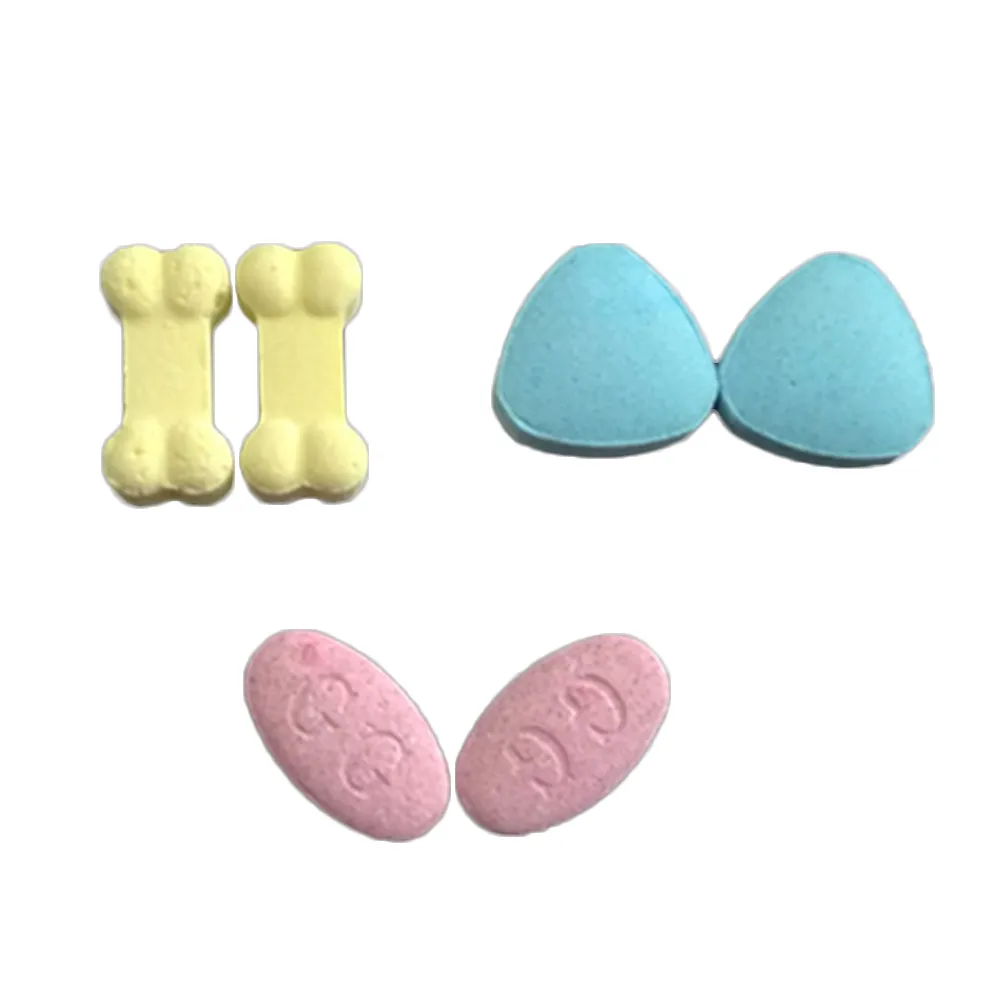
(pyrantel paste horse wormer)
FAQS on pyrantel paste horse wormer
Q: What is pyrantel paste horse wormer used for?
A: Pyrantel paste horse wormer is used to control and treat common intestinal parasites in horses. It is effective against roundworms and pinworms. Regular deworming helps keep your horse healthy.Q: How do I administer pyrantel horse wormer?
A: Pyrantel horse wormer is given orally using an easy-to-use paste syringe. Simply place the paste on the back of the horse's tongue. Always follow dosage instructions provided with the product.Q: What is the difference between pyrantel pamoate horse wormer and other dewormers?
A: Pyrantel pamoate is a specific active ingredient targeting certain types of worms. It works differently from other dewormers like ivermectin or fenbendazole. Always choose a wormer based on your vet's recommendation.Q: How often should I deworm my horse with pyrantel paste?
A: Deworming frequency depends on factors like age, pasture management, and vet advice. Generally, horses are dewormed every 6-8 weeks. Always consult your veterinarian for a proper schedule.Q: Are there any side effects of pyrantel paste horse wormer?
A: Side effects are rare when used as directed but may include mild digestive upset. Serious reactions are uncommon. Contact your veterinarian if you observe unusual symptoms after administration.Post time: July 7, 2025

